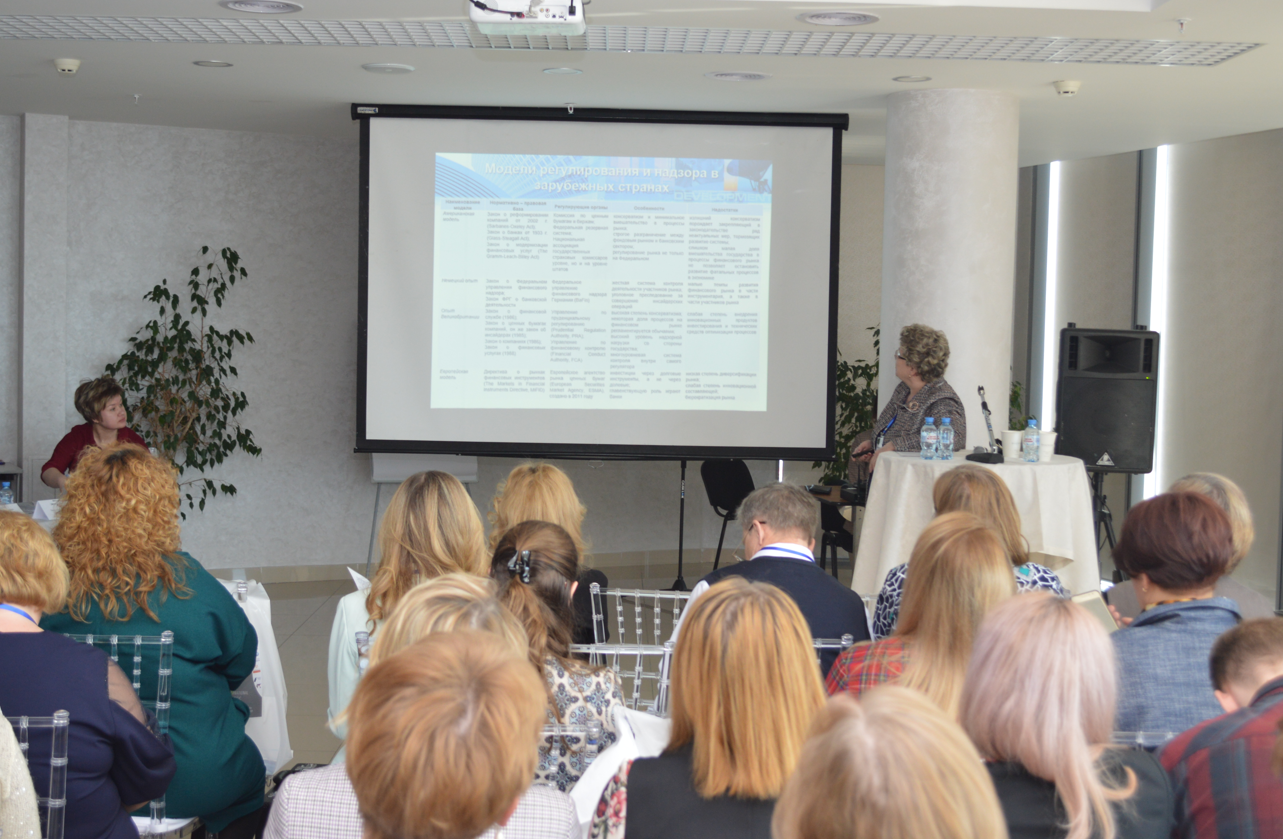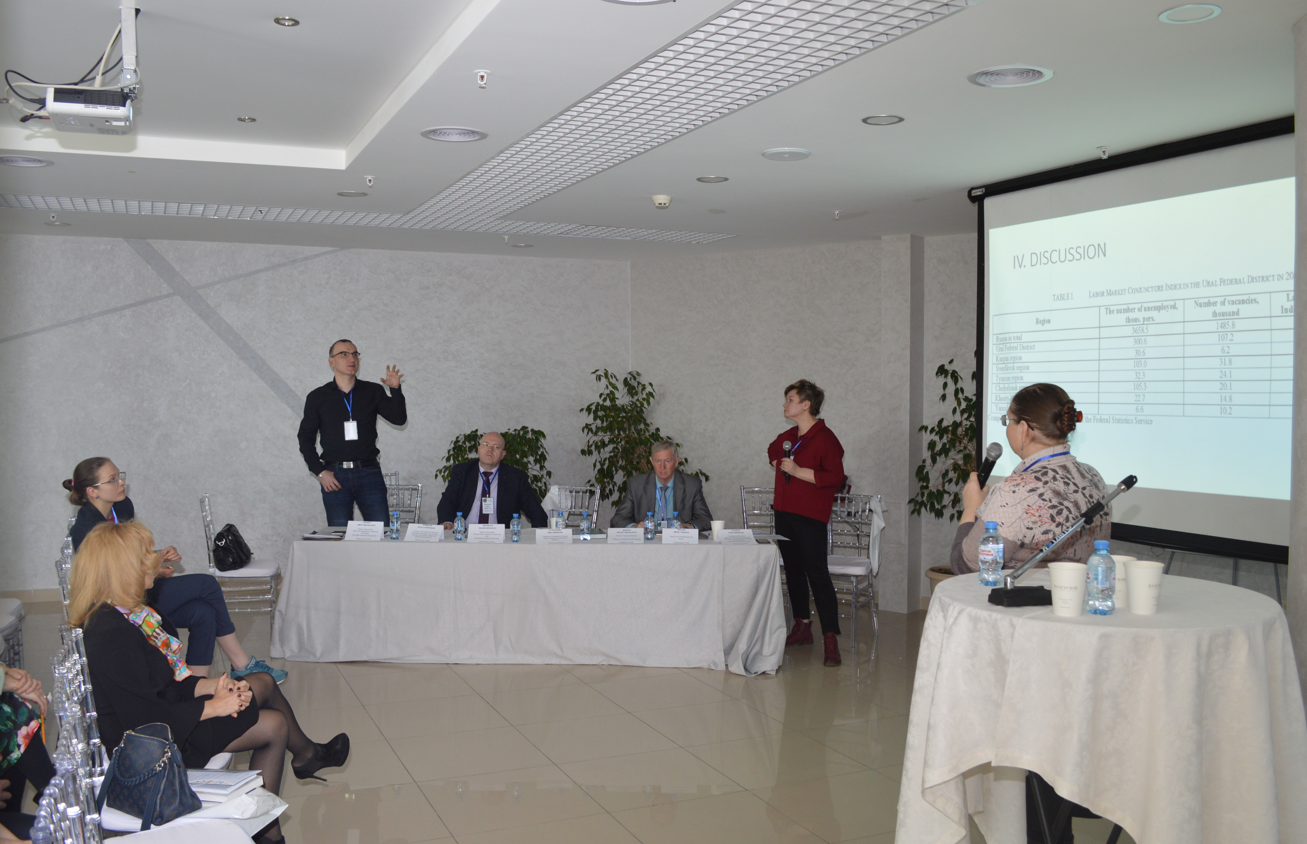About
WFCES 2025 marks the seventh edition of the forum, bringing together researchers, engineers, and practitioners working at the interface of information technologies, optics/photonics, and energy and environmental sciences. The event emphasizes rigorous, reproducible results and the practical transfer of innovations into real-world systems — from low-carbon energy and climate resilience to optical sensing, imaging, and intelligent infrastructure. WFCES cultivates dialogue between academia, industry, and public stakeholders, supports early-career scholars through constructive review and mentoring, and upholds COPE-aligned integrity and transparent peer review. Submissions are welcomed across the tracks below; accepted papers are published in respected proceedings series indexed in Scopus, ensuring broad dissemination and long-term visibility for the community.
Climate, Water & Earth System Dynamics
Climate change impacts/adaptation, hydrology & groundwater, geohazards, georesources, atmospheric processes.
Sustainable Energy Systems & Low-Carbon Transitions
Renewable integration and grids, energy efficiency, storage, LCA of energy tech, decarbonization policy and markets.
Environmental Engineering, Pollution Control & Circular Economy
Waste/wastewater treatment, soil/sediment remediation, industrial ecology, eco-design, resource efficiency.
Agriculture, Food Systems & Ecosystem Services (Environmental Focus)
Agroecology, soil health, water-energy-food nexus, biodiversity in agri-landscapes, environmental impacts of agri-food chains.
Urban Sustainability, Risk & Environmental Data Science
Sustainable cities/infrastructure, transport emissions, nature-based solutions, EIA/SEA, disaster risk & resilience, remote sensing/GIS/big environmental data.
Optical Sensing & Remote/Proximal Observation
Multispectral/hyperspectral imaging, LiDAR, fiber/chemical sensors, UAV/satellite payloads, optical metrology.
Imaging Science, Computational Imaging & AI
Image formation/reconstruction, compressive imaging, multisensor fusion, vision algorithms, ML for EO/biomedical/industrial imaging.
Lasers, Photonic Devices & Materials
Laser systems and nonlinear optics, integrated/silicon photonics, detectors & FPAs, waveguides, optoelectronic/quantum components, optical communications.
Biophotonics, XR Displays & Applied Optical Systems
OCT, fluorescence/Raman/photoacoustic methods, near-eye and holographic displays, eye tracking, NDE/SHM with optics, calibration and instrumentation.
Article Acceptance Process
Registration
Fill out the registration form and upload your article to the website.
Technical Check
Automatically checks your article for compliance with the template.
Review
The review process takes 14 days and is described in the “Review” section.
Approval & Payment
Upon acceptance of your article, you make a payment according to the pricing plan.
Proceedings & Indexing
Accepted papers will be published in one of the following venues (select during submission). Both are indexed in Scopus.

- Climate & Atmospheric Sciences: climate change impacts and adaptation; air quality modeling; extreme weather risk; GHG inventories and mitigation.
- Water Resources & Hydrology: watershed modeling; flood/drought management; groundwater protection; drinking-water and sanitation; hydropower sustainability.
- Energy Systems & Sustainability: renewable integration and grids; energy efficiency; low-carbon fuels; LCA of energy technologies; energy policy and markets (environmental focus).
- Environmental Engineering & Pollution Control: waste/wastewater treatment; soil and sediment remediation; industrial ecology; circular economy; eco-design and cleaner production.
- Earth Sciences & Georesources: geohazards (landslides, earthquakes); engineering geology; mining environmental management; geothermal resources; geo-informatics for earth systems.
- Agriculture, Food & Bio-resources (environmental focus): sustainable/agro-ecological practices; soil health; water-energy-food nexus; environmental impacts of agri-food systems.
- Urban Sustainability & Infrastructure: sustainable cities; green buildings; transport emissions; nature-based solutions; environmental impact assessment (EIA/SEA).
- Remote Sensing, GIS & Environmental Data Science: EO for land/sea/air monitoring; environmental big data; digital twins of territories (environment-centric).
- Ecosystems, Biodiversity & Conservation Policy: protected areas management; ecosystem services valuation; environmental governance and compliance.
- Risk, Resilience & Sustainability Transitions: disaster risk reduction; resilience metrics; sustainable development pathways; ESG and environmental regulation (within E3S domains).

- Optical Remote Sensing & Earth Observation: multispectral/hyperspectral imaging; LiDAR and bathymetric LiDAR; SAR optical data fusion; atmospheric/terrestrial optical sensing; UAV/satellite payloads.
- Imaging Systems & Computational Imaging: image formation and reconstruction; compressive imaging; HDR and low-light imaging; computational photography; multisensor fusion.
- Sensors, Metrology & Instrumentation: optical/fiber-optic sensors (temperature, strain, chemical/biological); interferometry; holography; optical metrology and calibration.
- Laser Systems & Applications: laser design and beam shaping; nonlinear optics; laser spectroscopy; LIDAR Doppler/wind; laser-based manufacturing and micro/nano-processing.
- Photonic Devices & Materials: integrated photonics; silicon photonics; waveguides; detectors and focal plane arrays; optoelectronic materials and characterization.
- AI/ML for Optics & Imaging: computer vision for EO and medical imaging; target detection and tracking; hyperspectral classification; inverse problems and neural reconstruction.
- AR/VR/MR, Displays & Sensing: near-eye displays; waveguides; holographic displays; eye-tracking optics; calibration and measurement for XR systems.
- Biophotonics & Biomedical Optics: OCT; fluorescence/Raman spectroscopy; photoacoustic imaging; point-of-care optical sensors (optics-centric).
- Optical Communications & Networks: free-space optics; fiber-optic communications; atmospheric turbulence mitigation; quantum and secure optical links.
- Defense, Security & Industrial Inspection (optics-centric): infrared/thermal imaging; surveillance sensors; NDE/structural health monitoring using optics.
Highlights



Paper Submissions
- Use the official templates and the IMRaD structure.
- Provide accurate references (include DOIs where available) and ethics approvals where applicable.
- Choose one proceedings venue (E3S or SPIE) based on the tracks above.
Important Dates
| Full Paper Deadline | 10 October 2025 |
|---|---|
| Review Notification | 30 October 2025 |
| Camera-Ready Deadline | 15 November 2025 |
| Presentation Submission | 15–16 December 2025 (conference dates) |
| Publication Materials to Publisher | May 2026 |
Registration & Fees
Regular Registration: €300
- At least one author must register per accepted paper.
- Payment instructions and invoices are provided upon acceptance.
- Both on-site and remote (online) participation are available.
Policies
▾ Publication Ethics & Integrity (COPE)
WFCES 2025 adheres to the core practices of the Committee on Publication Ethics (COPE) and maintains independent editorial decisions. Editors, reviewers, and authors engaging with the symposium and its proceedings agree to the principles below.
- Authorship, Contributions, and Transparency
Substantial contributions: Listed authors have made significant contributions to the conception, design, data acquisition, analysis or interpretation, and approve both submission and final version.
Contribution disclosure: Specific roles (e.g., methodology, software, validation, investigation, resources, data curation, writing, visualization, supervision, project administration, funding) are described. Non‑author contributions are acknowledged with consent.
Authorship changes: Any addition, removal, or re‑ordering of authors before acceptance requires written agreement of all authors and explanation of the change; after acceptance, such changes are permitted only in exceptional circumstances subject to editorial approval. - Originality, Prior Dissemination, and Simultaneous Submissions
Original work: Submissions are original and not under consideration elsewhere. Prior public posting as a preprint is allowed but must be disclosed and properly cited.
Redundant publication: Overlap with prior works must be justified, clearly referenced, and limited. Self‑plagiarism is not permitted.
Simultaneous submissions: Parallel submission to another venue is prohibited and may lead to immediate rejection and sanctions. - Similarity, Image Integrity, and Research Records
Similarity screening is conducted at submission and pre‑production. Problematic overlap or recycled images lead to investigation and potential rejection.
Image/data integrity: Manipulation that misleads is prohibited; raw data must be provided upon request.
Record keeping: Editorial records are stored securely for an appropriate period. - Human/Animal Research, Safety, and Approvals
Studies with humans/animals must state approvals and consent; field work must document permits and safety measures. Dual‑use or hazardous work must include risk mitigation and regulatory compliance. - Data, Code, Materials, and AI‑Tool Transparency
Provide availability statements and sufficient methodological detail. Use of AI tools must be disclosed; AI tools are not authors and authors are responsible for content and permissions. - Conflicts of Interest and Editorial Independence
All parties declare relevant relationships; editors recuse where needed. Decisions are based on merit and integrity. - Citation Integrity and Research Reporting
References are accurate and balanced; DOIs included when available. Reporting follows accepted standards with clear limitations. - Misconduct, Corrections, Retractions, and Appeals
Verified misconduct may lead to rejection or retraction; corrections are issued for verified errors. Appeals are reviewed by a senior editor. - Presentation Requirement and No‑Show Policy
Accepted manuscripts must be presented; verified no‑show papers are excluded from the proceedings set delivered to the publisher. - Legal, Export‑Control, and Compliance
Authors must ensure compliance with laws, institutional policies, funding terms, and export‑control/sanctions regulations.
▾ Peer Review
WFCES 2025 operates a rigorous, independent, double‑blind review process to ensure scientific quality, transparency, and alignment with the symposium’s optics/photonics scope.
- Workflow and Screening
Desk screening for scope, template, ethics statements, language clarity, and similarity/image integrity. Anonymized manuscripts are required. - Reviewer Selection and Ethics
At least two independent experts; objectivity, confidentiality, and conflict‑free participation are required. Editors may add a third reviewer. - Evaluation Criteria
Novelty; rigor; clarity and figure/table quality; reference completeness (with DOIs); reproducibility and transparency; ethics and approvals. - Decisions and Revision Rounds
Accept / Minor Revision / Major Revision / Reject. Revisions include point‑by‑point responses. - Acceptance / Rejection Process (Finalization)
Acceptance requires positive reviews, verified ethics, similarity checks, complete camera‑ready package, and author registration. Grounds for rejection include scope mismatch, methodological flaws, unresolved concerns, undisclosed overlap, manipulation, missing approvals, template non‑compliance, or legal concerns. No‑show papers are excluded. - Timelines (Targets)
Desk 7–10 days; review 2–4 weeks per round; revisions 1–3 weeks; production checks before deadlines. - Ethics Escalation and Appeals
COPE‑aligned investigation of concerns; appeals reviewed by a senior editor; decisions after appeal are final for the current edition.
Publication History
All WFCES proceedings since 2021 are indexed in Scopus. Indexing of future volumes depends on third-party databases and adherence to editorial and production standards.
 Yunnan Agricultural University
Yunnan Agricultural University CZU Prague
CZU Prague